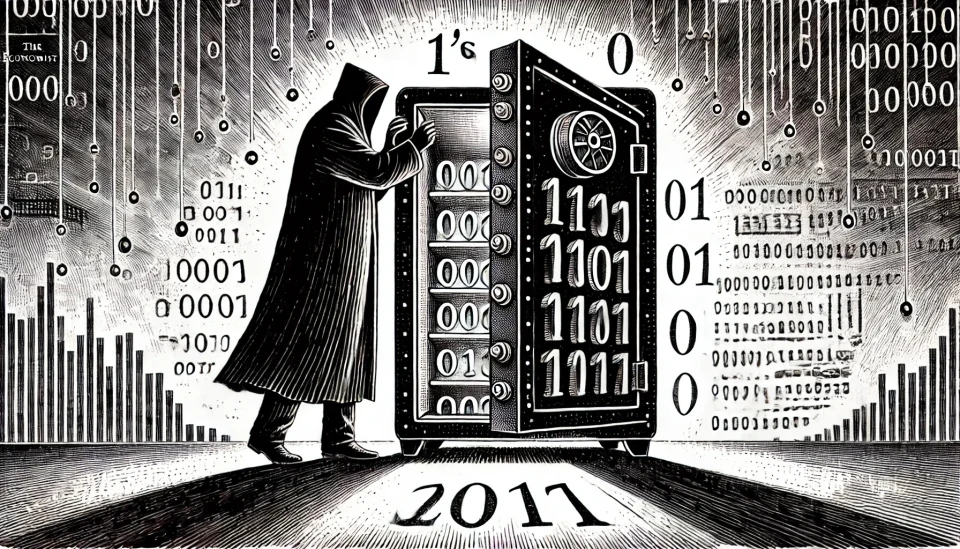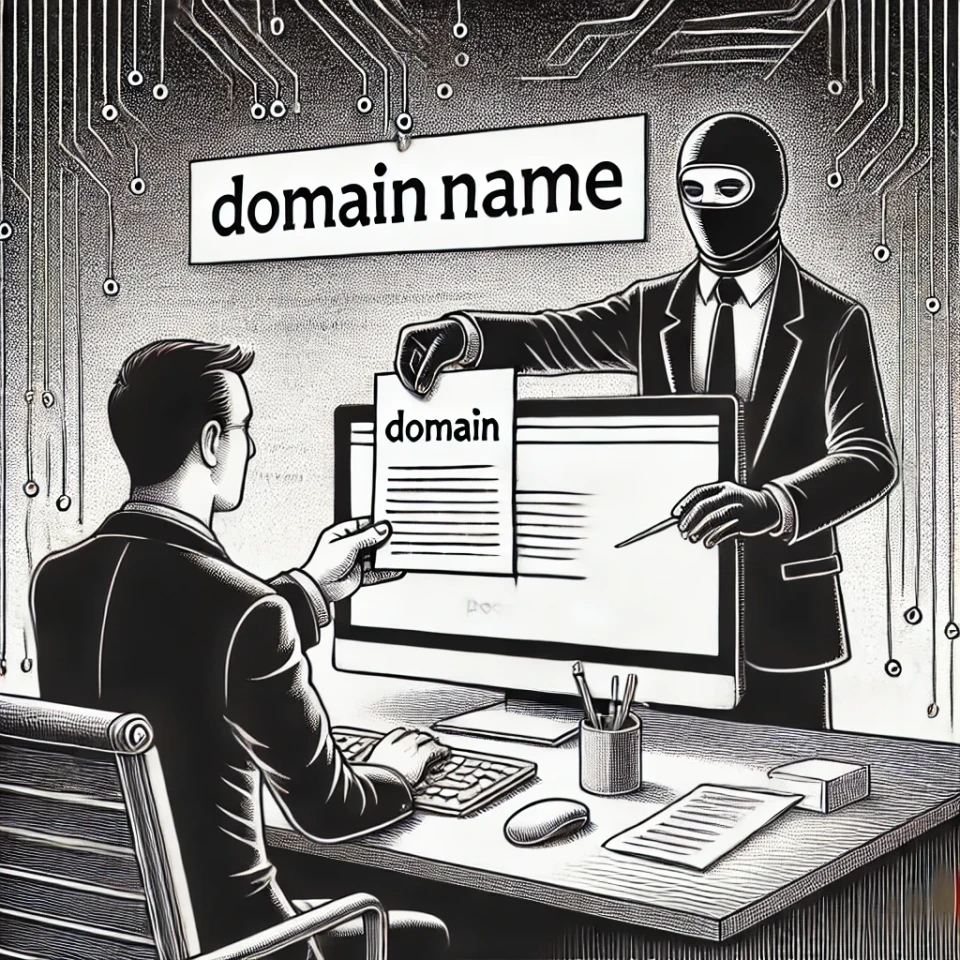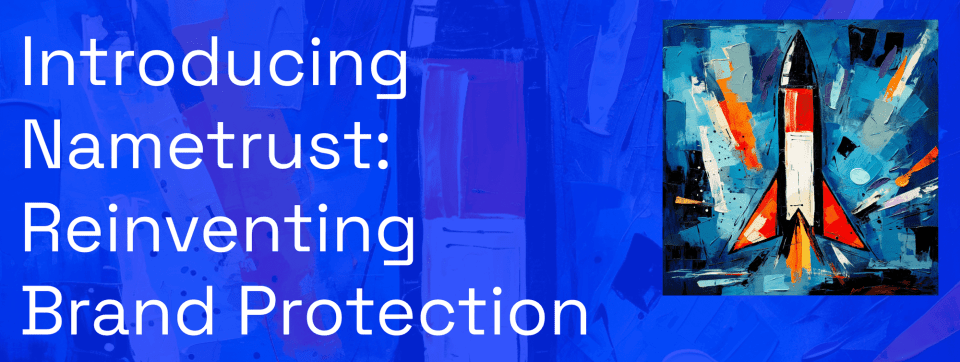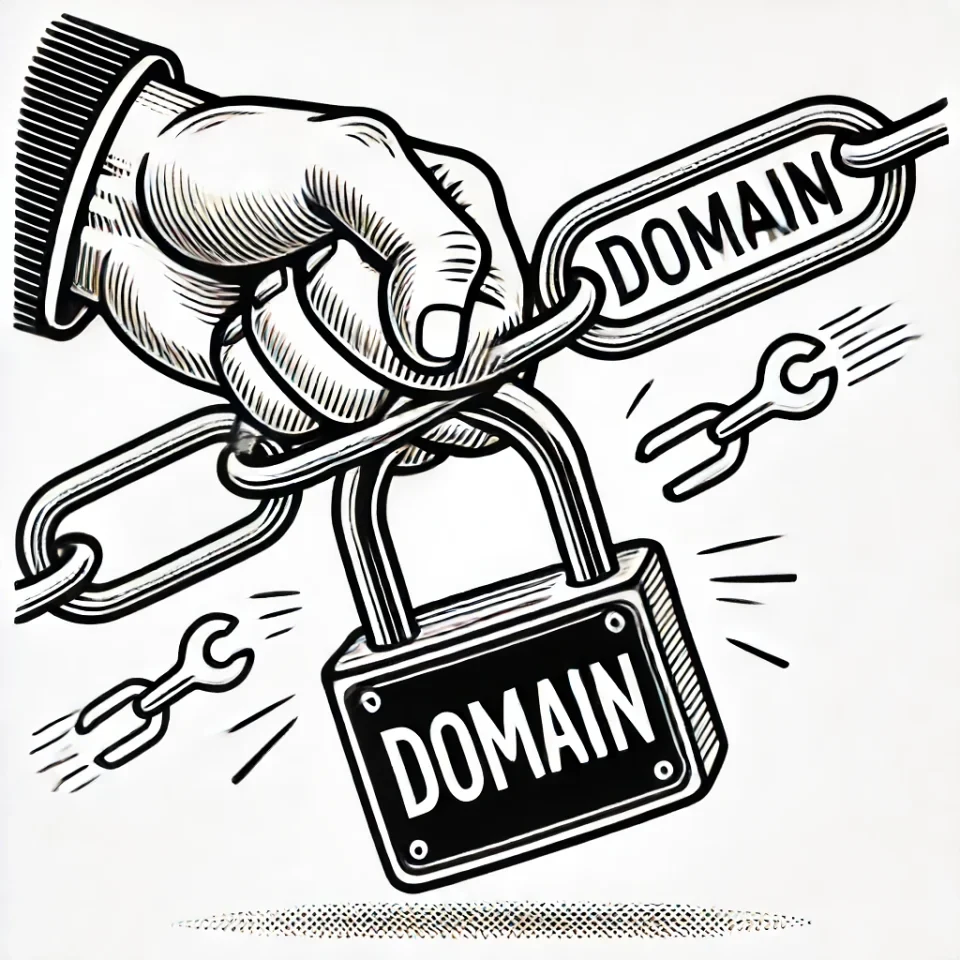Your domain name isn’t just your web address; it’s your brand’s online identity, storefront, and an invaluable asset. So, domain hijacking or getting your domain stolen can damage your reputation and strain you financially, making cybersecurity a paramount concern.
Shockingly, cybercrime incidents are surging, with a staggering 91% of organizations reporting one or more breaches, and domain theft is a prominent culprit. This guide is your shield against such cyberattacks. We not only reveal proven steps to recover stolen domain names, but also share prevention strategies. Furthermore, we help you spot the signs of a stolen domain. Let’s dive right in!
What is Domain Theft?

Domain theft or domain name hijacking occurs when domain thieves seize an organization's web address, alter the domain registration without the consent of the original domain name registrant, and restrict the owner’s administrative access.
Scammers may also exploit vulnerabilities in the DNS registration system or misuse privileges on DNS hosting provider accounts. This allows them to redirect traffic or use the web address for malicious purposes.
Domain theft can mainly happen when a domain name expires, and a hijacker registers it, or when the domain owner unknowingly hands over their Domain Name System (DNS) credentials through social engineering attacks like phishing.
Is your Domain Name Stolen? How to Find Out?

At a time when your business’s online presence is critical to its success, losing control over your domain can be a nightmare. With domain theft on the rise, it’s crucial to recognize the signs that indicate a stolen domain and take prompt action.
Here are key points to check when in doubt -
- Search your email inbox for a domain name renewal email. If you don’t find one, you have time until the next renewal, suggesting your domain name may not be expired but possibly stolen. (Note that you must renew it annually by paying the renewal fee; otherwise, it goes into a holding period with an additional renewal fee, and then it becomes available for public registration).
- Log into your domain name registrar account and see if you can spot your domain name, status, or any suspicious changes to the registration information. If so, immediately contact your domain name registrar for further assistance to recover the domain.
- Carefully review WHOIS, a publicly available record of domain registration, to check the owner name and watch for any unauthorized changes.
- Visit your website and spot changes in functionality, design, or content.
- Check emails or notifications regarding domain transfer changes or requests.
- Examine your website analytics or server log files to look for any unauthorized access.
Why Domains Get Stolen?
Beyond seeking ransom or profit, various motives drive domain theft. Here are the top reasons why domains get stolen -
- Resale: Hackers may gain access to your domain account, transfer domain ownership, and sell it at 20-30% of the original value.
- Acquiring personal information: Domains can be a means to collect third-party personal information.
- Advertising revenue: Attackers may utilise stolen domains to generate advertising revenue via parked domains.
- Resale at a higher price: Hijackers sometimes steal domains to sell them back to the original owner or a third party at a higher price.
- Malicious intent: Domain thieves may steal domains to fulfil malicious objectives or cause revengeful service disruptions.
- Hacktivism: There might be a political or social purpose behind domain theft.
- Website traffic diversion: Scammers may reroute the website’s traffic to fraudulent domains, damaging brand reputation and hampering sales.
The Other Side: What if You Buy a Stolen Domain Name?

Suppose you buy a domain from a seemingly reputable seller with a solid profile on a known domain forum. Later, the real owner contacts you, claiming that their domain was stolen.
What should you rightfully do?
Raise a dispute with the payment processor for a refund and return the domain rights to the original owner.
Remember that unintentionally buying a stolen domain name or refusing to return it to the original owner can have the following consequences -
- Legal implications: If you buy or keep a stolen domain name, the legitimate owner may file a complaint against you in court.
- Loss of money: If you return the domain to its rightful owner, you may lose the money you must’ve spent to buy it in the first place.
- Reputational damage: Buying stolen domains is equally wrong as stealing domains, and both of them can destroy your brand image.
- Unknowingly supporting cybercrime: Buying a stolen domain makes you an unwitting participant in a crime, carrying ethical and legal repercussions.
7 Tips to Avoid Buying Stolen Domains

As we saw, buying stolen domains has grave consequences and can severely harm your business. Follow these tips to avoid buying stolen domains -
- Investigate the company or individual selling the domain to gain insights into their reputation, legitimacy, and prior domain transactions.
- Utilize trusted domain forums to assess the authority and credibility of the domain seller–reported complaints or suspicious domain-selling activities.
- Leverage reputable intermediaries to hold your money until you receive domain ownership.
- Check the domain’s WHOIS history which records ownership and registration changes. Irregular patterns indicate it’s a stolen domain.
- Closely check the domain’s IP information as it highlights malicious activities or other domains and websites on the same server.
- If the domain’s settings update date is recent, verify its status and inquire about the reasons for these changes.
- Getting the domain at an unbelievably low price or a limited-time deal? Be careful, as it might be a stolen domain.
How to Recover a Stolen Domain?

Despite taking all the security measures and locking your domain, if it still gets stolen, the first step is to inform your customers about the hijack so you have one less thing to worry about.
After stealing your domain, the attacker might post unsophisticated content or redirect users to a fraudulent website, damaging your brand reputation. To avoid this, issue a press release informing your users about the time or date from when your website wasn’t under your control so they can be aware and cancel any recent transactions.
Then, consider these ways to recover a stolen domain.
1. Immediately contact your domain registrar
If you find that your domain is stolen, report it to your registrar instantly, as they can cancel the domain transfer for up to a limited time period. They can also take action and resolve the issue if a fraudulent transfer is detected.
Don’t just drop emails; rather, call the registrar because getting replies on email addresses dedicated to abuse reporting may take longer.
Note: If you’re unaware of who your registrar is, check it on the WHOIS directory.
2. Notify the authorities – ICANN
Internet Corporation for Assigned Names and Numbers (ICANN) is a leading non-profit organization that aims to resolve domain disputes among companies or individuals.
To seek their help, you must prove that you’re the legitimate owner of the stolen domain via documents like domain registration and ads proving your ownership.
After reviewing the documents, ICANN may ask you to provide them to the current registrar of the stolen domain for immediate recovery.
8 Proven Ways to Prevent Domain Name Theft

The rate of detecting and prosecuting a cybercrime entity is just 0.05% in the US. This low rate calls for implementing ways to enhance your domain name’s security.
To protect your domain and minimize unauthorized transfers, ICANN keeps a 60-day gap between domain registration changes and domain transfers. Here are some other ways to protect your domain.
1. Choose a trusted domain registrar
ICANN-accredited registrars are the most reputable and trusted registrars to work with. Choose credible corporate domain registrars, as opposed to regular ones, as they offer specialized services such as advanced security measures, robust domain management, and dedicated support tailored to your unique business needs.
2. Activate two-factor authentication
To safeguard your domain from theft, enable two-factor authentication for all your accounts. This added layer of security prevents unauthorized access, ensuring hijackers can’t compromise your account.
3. Enable domain and account lock
Several registrars allow domain locking and limit invalid password attempts, strengthening domain security and preventing unauthorized domain transfers. If the password attempts exceed, the registrar locks your account and emails you regarding the same.
4. Leverage WHOIS protection
WHOIS protection restricts the exposure of your personal data and domain contact details like address, phone number, and email on the internet. This protects your data against potential misuse by cybercriminals.
5. Set strong and unique passwords
Strong, unique passwords for your domain make it unguessable for the attacker, reducing the chances of domain theft or domain hijacking. Use different passwords for your domain owner profile and domain management account to prevent unauthorized access.
6. Enable domain auto-renewal
If your domain expires, anyone can buy and use it to conduct malicious activities. To prevent this, turn on the auto-renewal option so your domain registration stays intact.
7. Turn to different providers
Relying on separate providers for domain registration and web hosting prevents domain thieves from gaining access to the sensitive information shared with your hosting provider.
8. Beware of phishing emails
Don’t immediately reply to emails requesting domain access details, as they may be a scam. Such phishing emails often appear to be from a trusted sender or an identical domain name registrar address. If you detect suspicious activity, contact your registrar and forward the email to verify its legitimacy.
Wrapping Up: How Nametrust Can Help?

We hope that answers what to do if someone stole my domain. It’s always wise to be vigilant and monitor any changes on the WHOIS website or domain name registrar account.
Hackers may steal your domain for financial or malicious purposes. However, recovering a stolen domain is difficult but possible by following the ways mentioned above. Avoid this costly and exhaustive process by proactively protecting your domain.
To prevent financial and reputational damage from domain theft or domain hijacking and ensure smooth business operations, turn to a trusted corporate domain registrar like Nametrust. We implement best practices to safeguard your domain from cybercriminals.
From eliminating brand abuse to managing domain portfolio, we, at Nametrust, comprehensively protect your brand with our robust features like multi-user support, change management, and Single sign-on (SSO). Take the first step towards protecting your domain from domain theft with Nametrust.





